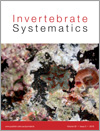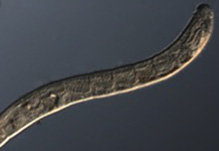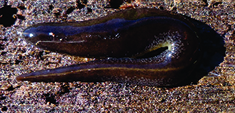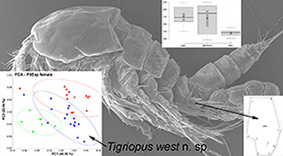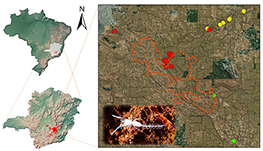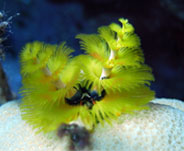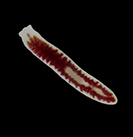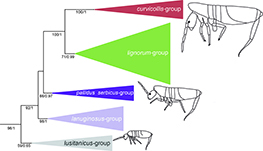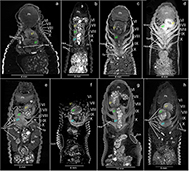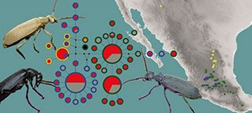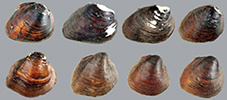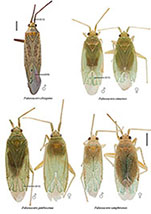IS17024Looking for morphological evidence of cryptic species in Asterina Nardo, 1834 (Echinodermata: Asteroidea). The redescription of Asterina pancerii (Gasco, 1870) and the description of two new species
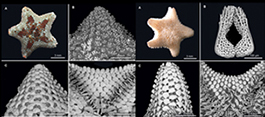
How many stars are…in the sea? An accurate knowledge of biodiversity is the only way to preserve it. Diversity in cryptic cushion stars was evidenced through morphological and molecular features, describing two new species for Science. Changing our perception of diversity within Asterina should necessarily derive in designing urgent conservation measures for these species that inhabit restricted and fragile areas.


